Hello everyone!
With just a month left in the year, it’s about time to start thinking about your goals for next year ^^)
If you’re considering “enhancing your personal life” or “trying something new”, this is a must-read!
I’m going to show you my recommended wind instruments for complete beginners.
For those of you who are complete beginners in playing instruments, can’t read music, or are unsure where to start, don’t worry!
I’ll walk you through some beginner-friendly wind instruments and how to get started (^^)/
Well, here’s a rough outline of how to make wind instruments a hobby.
Now, let me break these down.
1. Acquiring the Instrument
When choosing an instrument, it’s important to pick a popular one!
For brass instruments, the trumpet is a good choice; for woodwinds, the saxophone is great. Popular instruments are easier to acquire, and our PLAYTECH wind instruments are affordably priced and recommended for beginners.
If you’re considering taking music lessons, choosing a standard instrument like the trumpet, saxophone, or flute is beneficial because most music schools have teachers for these instruments.
PLAYTECH / PTTR-200 Bb Trumpet with Clear Lacquer Finish
PLAYTECH / PTAS-200 Alto Saxophone
PLAYTECH / PTFL-200 Flute with Covered Keys
You can also find many instructional videos on YouTube.
Finding a favorite channel and practicing along with it can be very helpful.
2. Finding a Practice Space
Many people think finding a practice space for wind instruments is the hardest part.
While wind instruments can be louder and more resonant compared to guitars or pianos, there are actually quite a few places you can practice.
However, there are surprisingly many places to practice if you look for them.
Here’s what I’ve used (^^)/↓
- ① Karaoke Rooms
- ② Public Facilities
- ③ Riverbanks (Large Riverbanks)
- ④ Only Practice at Lessons
① Karaoke Rooms: I use karaoke rooms the most. Many karaoke places allow instrument playing and are relatively affordable. You can even enjoy a solo karaoke session after your practice!
② Public Facilities: These require advance booking but can be good practice spaces. Costs vary depending on the facility, so be careful.
③ Riverbanks (Large Riverbanks): This is something I used to do during my student days. I sometimes feel like playing instruments outdoors. Just be mindful of disturbing others. This could be something I was allowed because I lived in a rural area, but you might see people playing instruments in large urban riverbanks as well. It’s a great spot for you to refresh your mind or a short practice session.
④ Only Practice at Lessons: Some might argue about this option.
You might think that not practicing outside of lessons is a waste. However, I believe that the key is to keep the practice enjoyable and maintain motivation because it’s just a hobby. Moreover, instructors are professional. With help from a professional, you can expect gradual improvement and playing with others can be very rewarding.
3. Setting Aside Practice Time
As I mentioned in the Finding a Practice Space section, it’s important to avoid aimless practice. Wind instrument playing requires significant physical effort, so having a set practice time is crucial. This allows you to manage your time effectively and make space for other activities (^^)/
There are many things you want to do on your days off besides your hobbies.
Conclusion
As I started working in April, I’ve found it increasingly difficult to find time to play instruments.
However, starting a hobby that helps you relax and escape from the busy daily routine is a great idea.
After all, enjoying your hobby is what matters most (^^)/
I hope this article helps make your daily life more enjoyable!





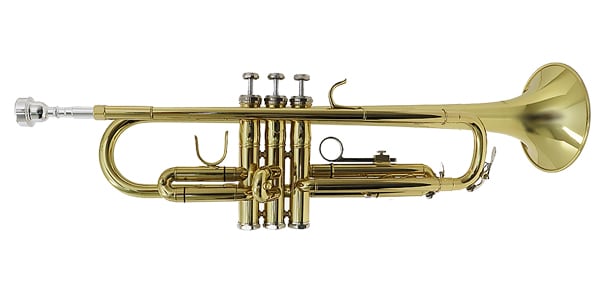
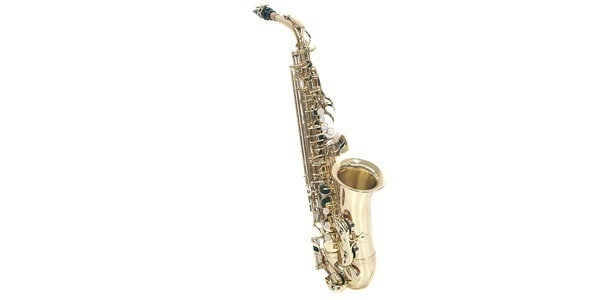
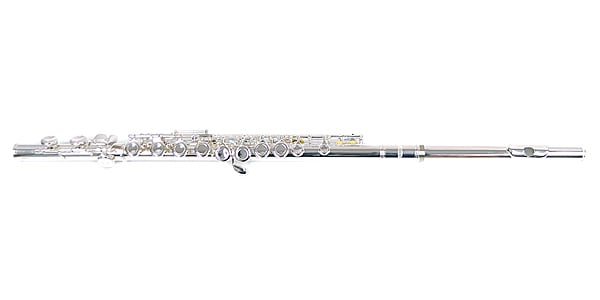




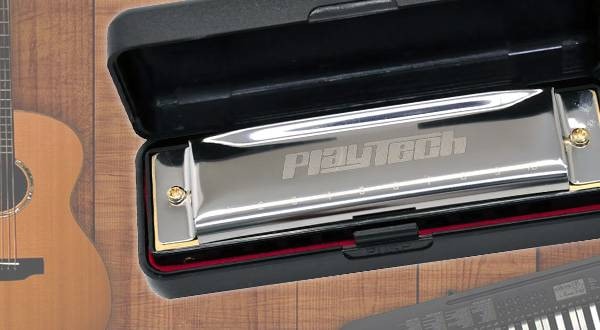
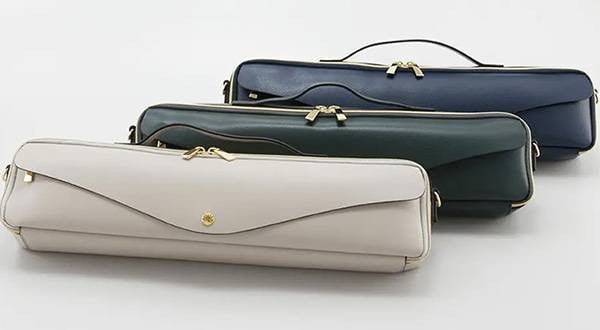
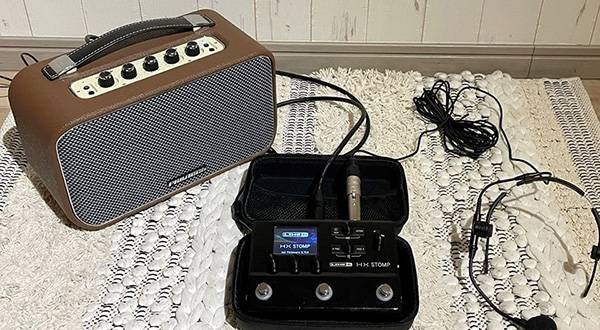


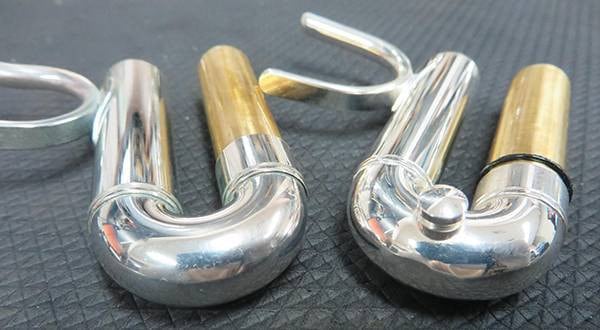
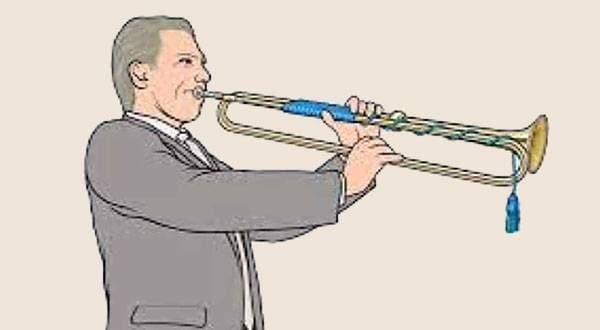
![[2025 Edition] Top 5 Most Popular Recommended Saxophone Reed Ranking](/contents/uploads/thumbs/2/2021/11/20211116_2_15174_1.jpg)

![[Review] The plastic trumpet PTTR100 series has been renewed](/contents/uploads/thumbs/2/2020/2/20200205_2_9162_1.jpg)
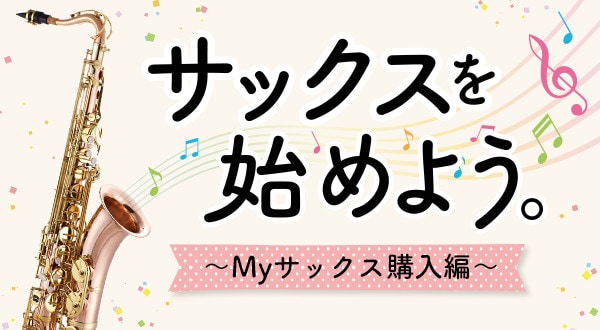
 プラスチック管楽器特集
プラスチック管楽器特集
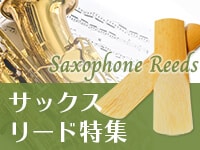 サックスリード特集
サックスリード特集
 クラリネットリード特集
クラリネットリード特集
 デジタル管楽器とは
デジタル管楽器とは
 PLAYTECH 管楽器特集
PLAYTECH 管楽器特集
 サウンドハウス虎の巻 管楽器入門ガイド
サウンドハウス虎の巻 管楽器入門ガイド















